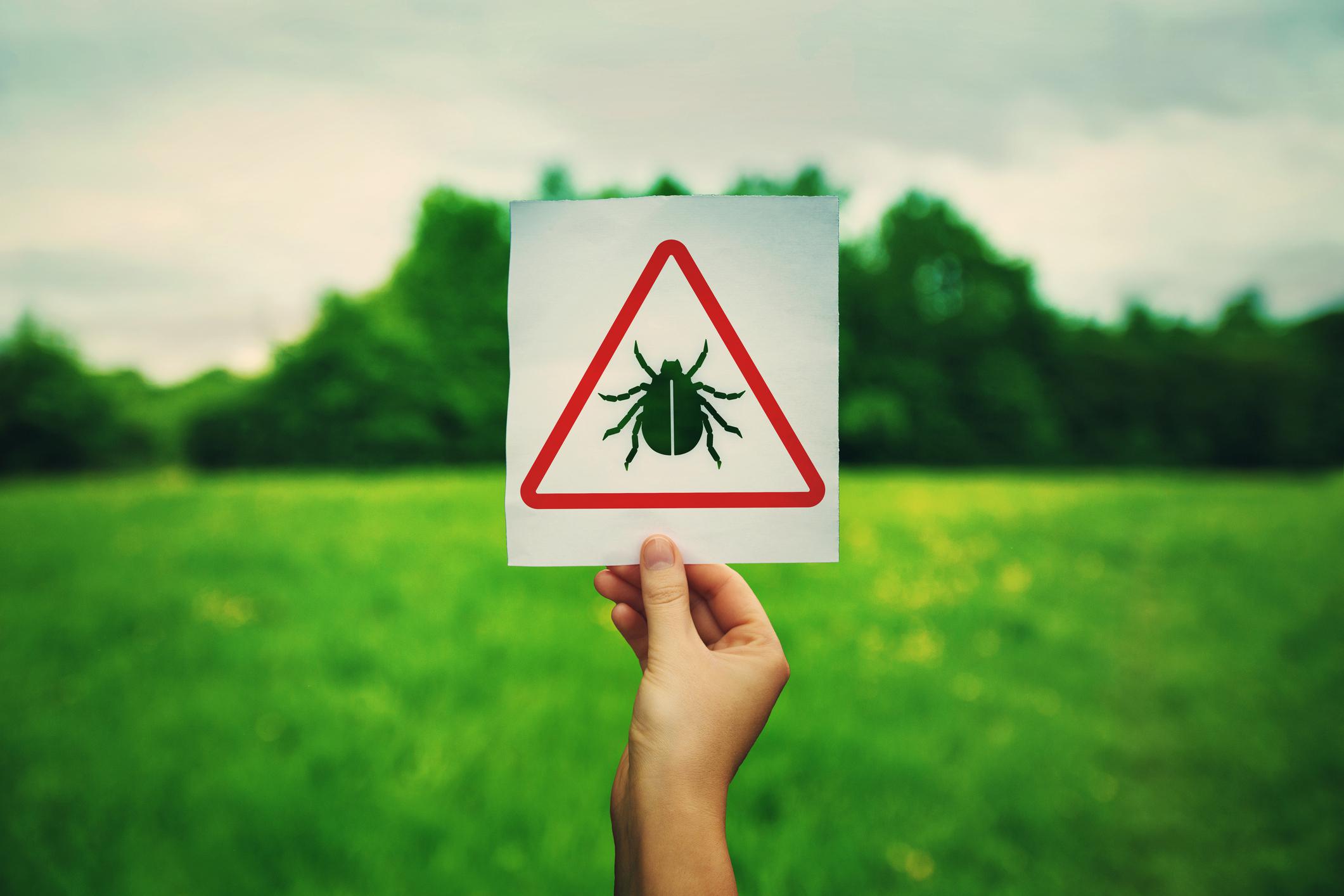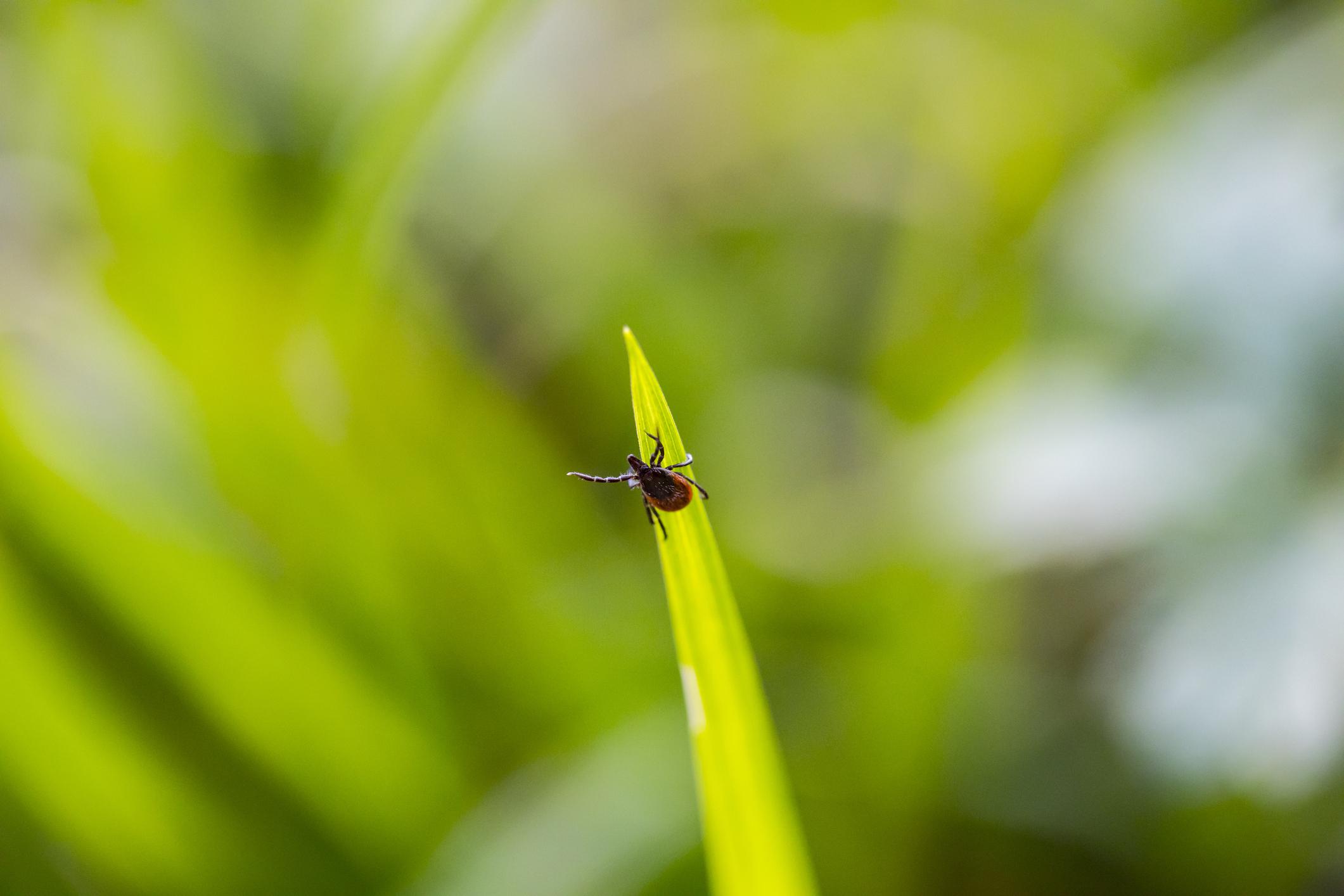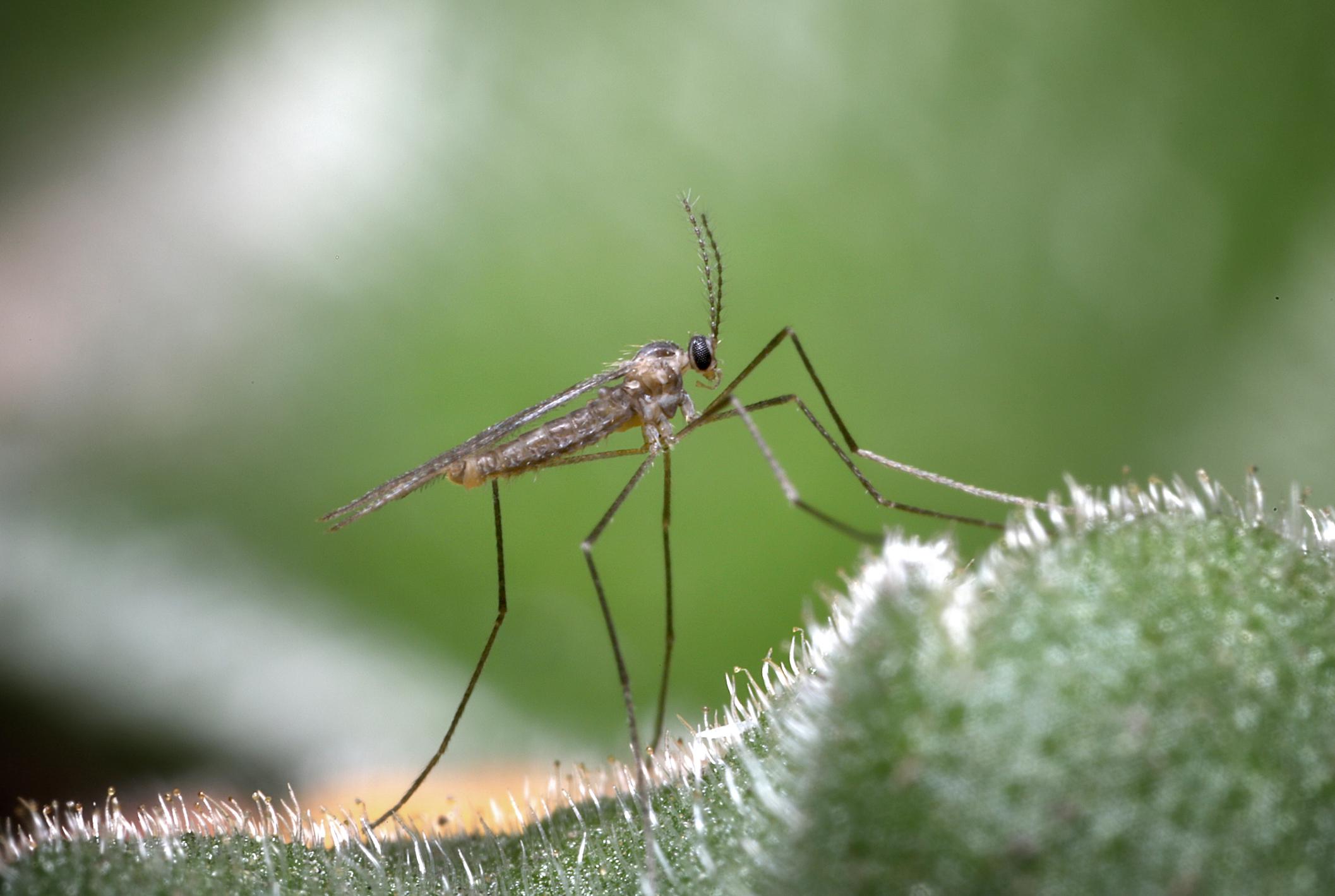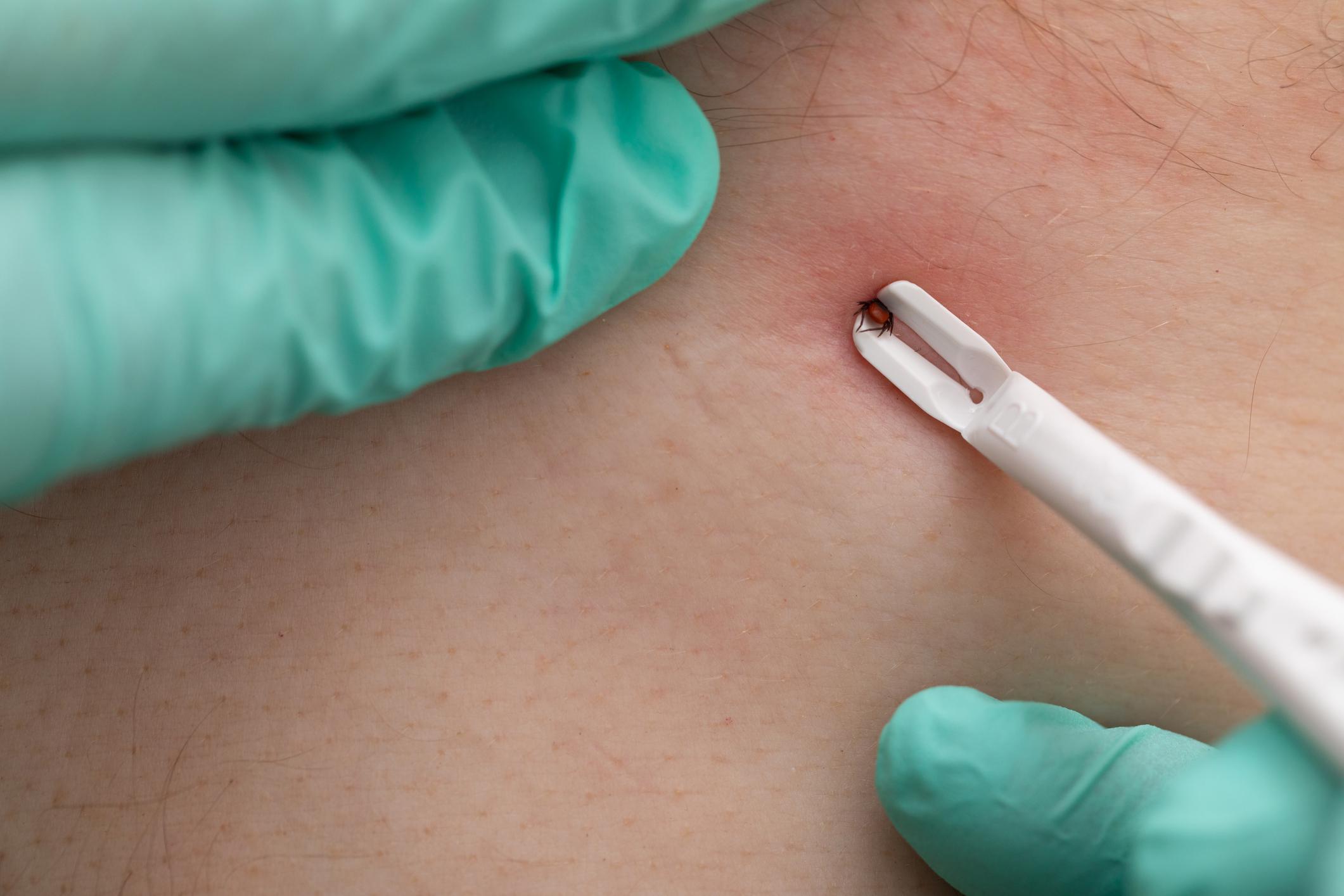What tick carries Lyme disease?
Posted by Mosquito Squad
December 20, 2023
As the warm August weather takes us outdoors, it's essential to remember that along with the sunshine and fresh air, there are also potential health risks lurking in the form of ticks. These tiny arachnids might seem harmless, but they can carry a host of diseases that can impact humans and animals alike. In this blog post, we'll delve into the world of tick-borne diseases, explore the various types of ticks that carry them, and discuss preventive measures to stay safe while enjoying the great outdoors.
Types of Ticks and Their Diseases
1. Black-Legged Tick or Deer Tick (Ixodes scapularis): This tick is notorious for transmitting Lyme disease caused by the bacterium Borrelia burgdorferi. Lyme disease symptoms can range from fever, fatigue, and joint pain to more severe neurological issues if left untreated.
2. American Dog Tick (Dermacentor variabilis): These ticks can transmit Rocky Mountain spotted fever, a potentially serious illness characterized by fever, headache, rash, and in severe cases, organ damage.
3. Lone Star Tick (Amblyomma americanum): Known to transmit diseases such as Ehrlichiosis and Tularemia, the Lone Star tick can cause symptoms ranging from fever and fatigue to muscle aches and skin lesions.
4. Brown Dog Tick (Rhipicephalus sanguineus) : While not as common in transmitting diseases to humans, the Brown Dog tick can still spread illnesses like Rocky Mountain spotted fever.
Preventive Measures: Safeguarding Against Tick-Borne Diseases
Wear Protective Clothing: When venturing into tick-prone areas, wear long sleeves, long pants, and closed-toe shoes. Tucking pants into socks and using insect repellents on exposed skin can further reduce the risk of tick bites.
Perform Regular Tick Checks: After spending time outdoors, conduct a thorough tick check on yourself, your family members, and your pets. Pay close attention to hidden areas like the scalp, behind the ears, and the groin.
Maintain Landscapes: Keep grass and shrubs trimmed to reduce tick habitat in your yard. Creating barriers between wooded areas and your living spaces can also limit tick exposure.
Tick-Repellent Products: Use tick-repellent products on clothing and gear. Permethrin-treated clothing has been found to be effective in repelling ticks.
Tick Removal: If you find a tick attached to your skin, use fine-tipped tweezers to grasp it as close to the skin's surface as possible. Pull upward with steady, even pressure, and clean the area with rubbing alcohol or soap and water.
While the great outdoors beckon with opportunities for adventure and exploration, the threat of tick-borne diseases underscores the importance of caution and preparedness. Understanding the types of ticks that carry diseases and adopting preventive measures can significantly reduce the risk of tick bites and the illnesses they can transmit. By arming ourselves with knowledge and taking appropriate steps, we can continue to enjoy nature while safeguarding our health and well-being.















